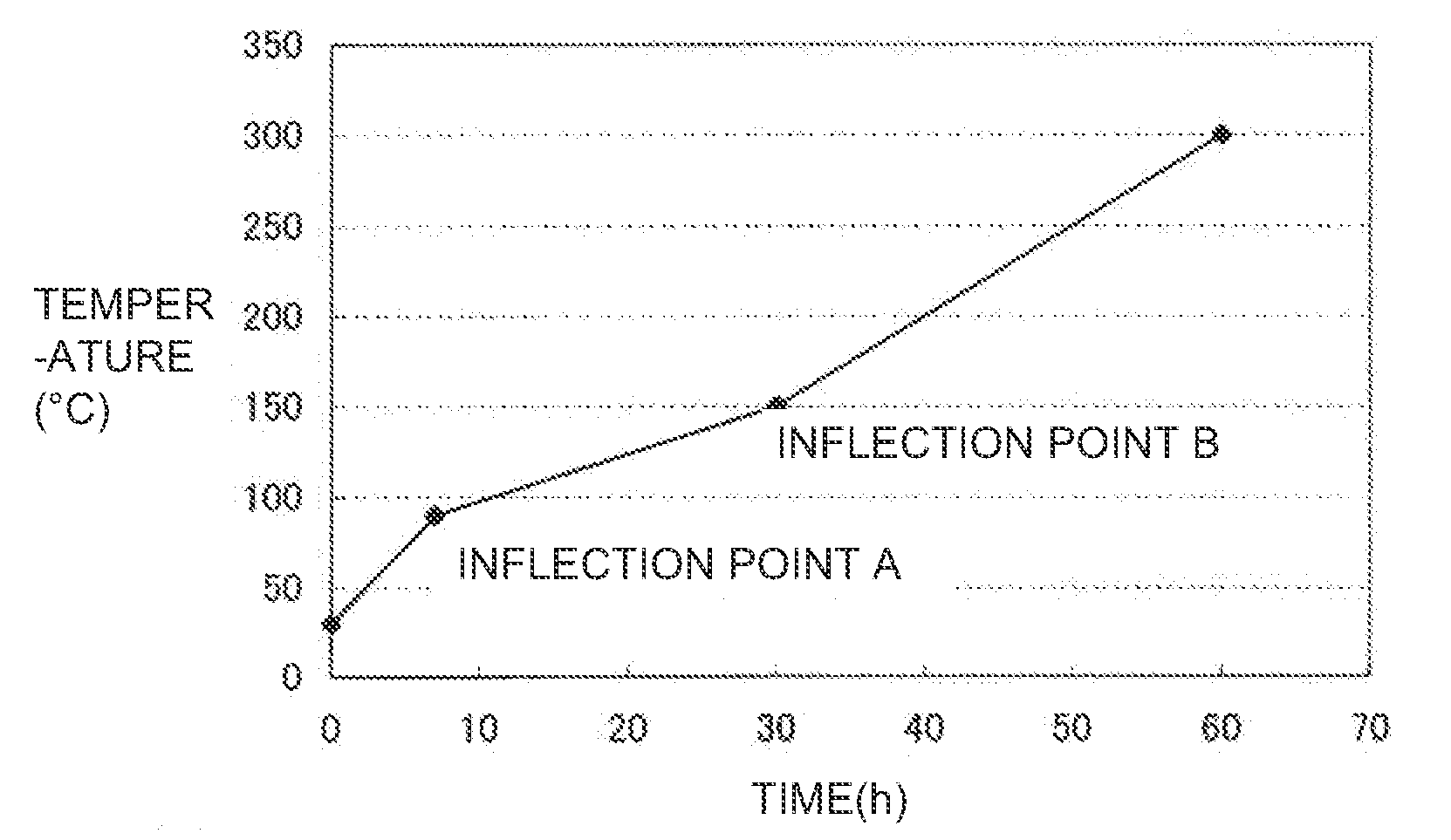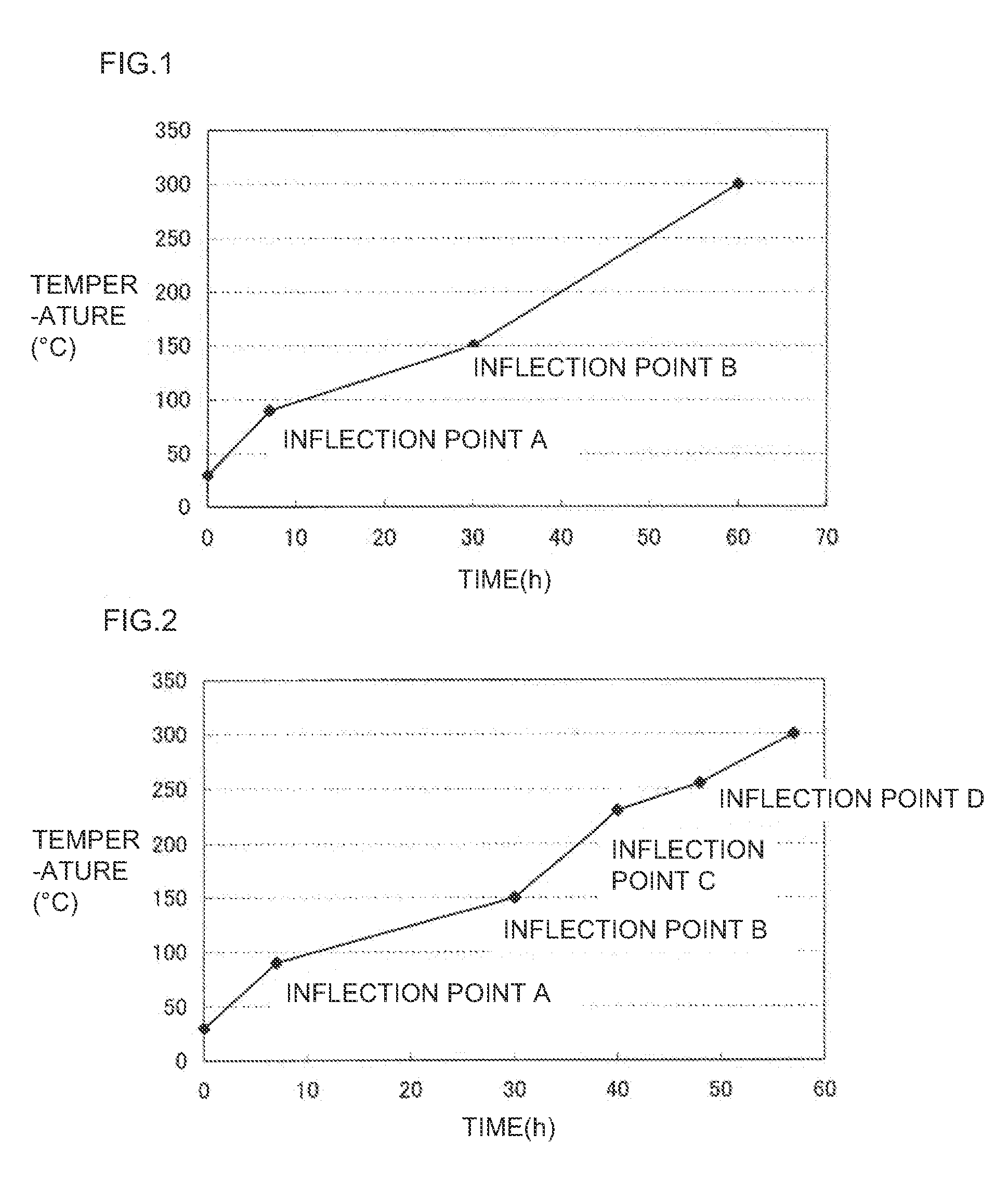Temperature increasing method for sodium-sulfur battery
- Summary
- Abstract
- Description
- Claims
- Application Information
AI Technical Summary
Benefits of technology
Problems solved by technology
Method used
Image
Examples
Embodiment Construction
[0026]Hereinafter, embodiments of the present invention will be described appropriately with reference to the drawings, but the present invention should not be limited to these embodiments when interpreted. Various alterations, modifications, improvements and replacements can be added on the basis of knowledge of a person skilled in the art without impairing the scope of the present invention. For example, the drawings show the preferable embodiments of the present invention, but the present invention is not restricted by aspects shown in the drawings or information shown in the drawings. When the present invention is implemented or verified, means similar or equivalent to means described in the present description can be applied, but preferable means are means described as follows.
[0027]Table 1 shows an embodiment (a specific example) of a temperature increasing method for a sodium-sulfur battery according to the present invention, and temperature increasing by heaters and time req...
PUM
 Login to View More
Login to View More Abstract
Description
Claims
Application Information
 Login to View More
Login to View More - R&D
- Intellectual Property
- Life Sciences
- Materials
- Tech Scout
- Unparalleled Data Quality
- Higher Quality Content
- 60% Fewer Hallucinations
Browse by: Latest US Patents, China's latest patents, Technical Efficacy Thesaurus, Application Domain, Technology Topic, Popular Technical Reports.
© 2025 PatSnap. All rights reserved.Legal|Privacy policy|Modern Slavery Act Transparency Statement|Sitemap|About US| Contact US: help@patsnap.com


